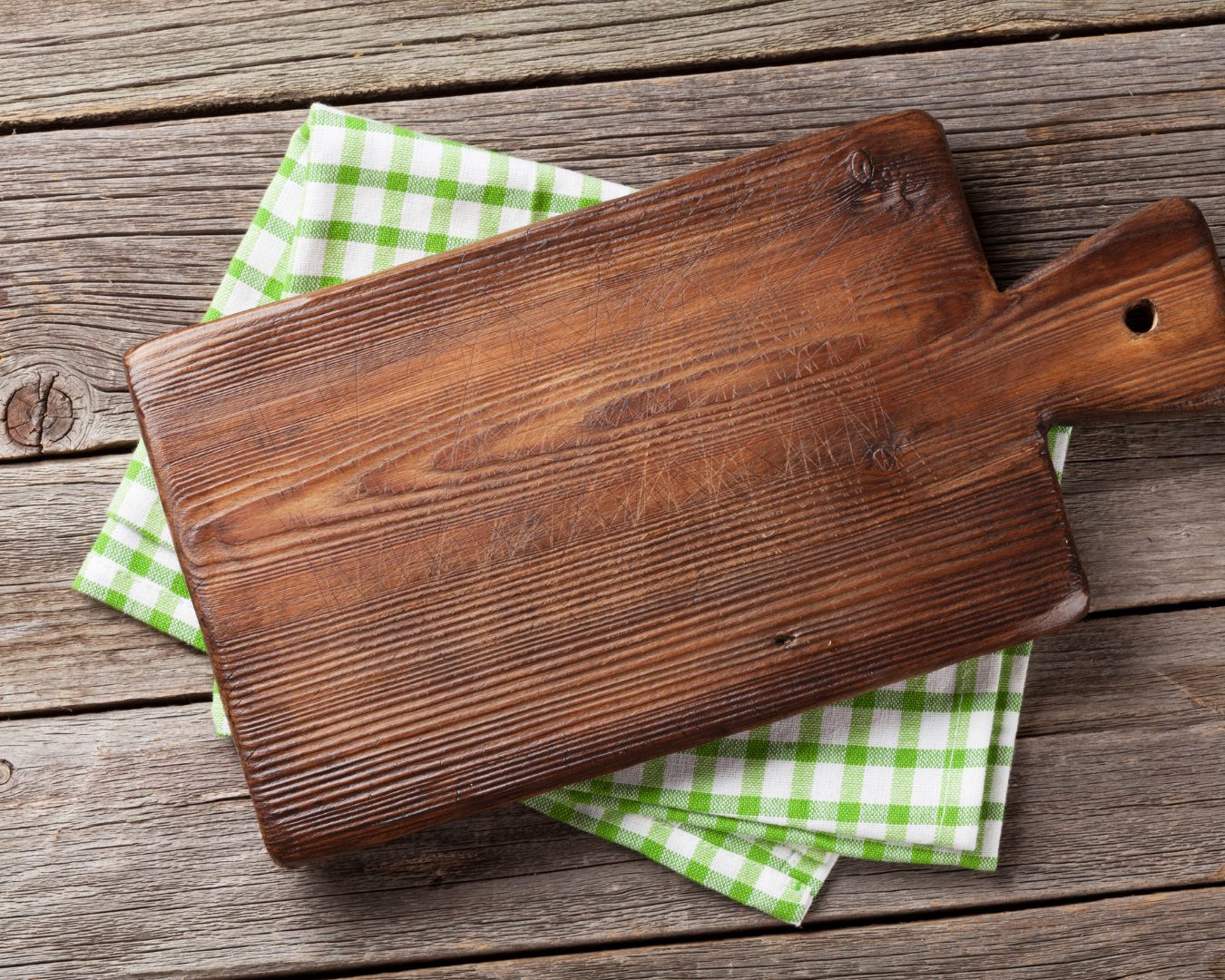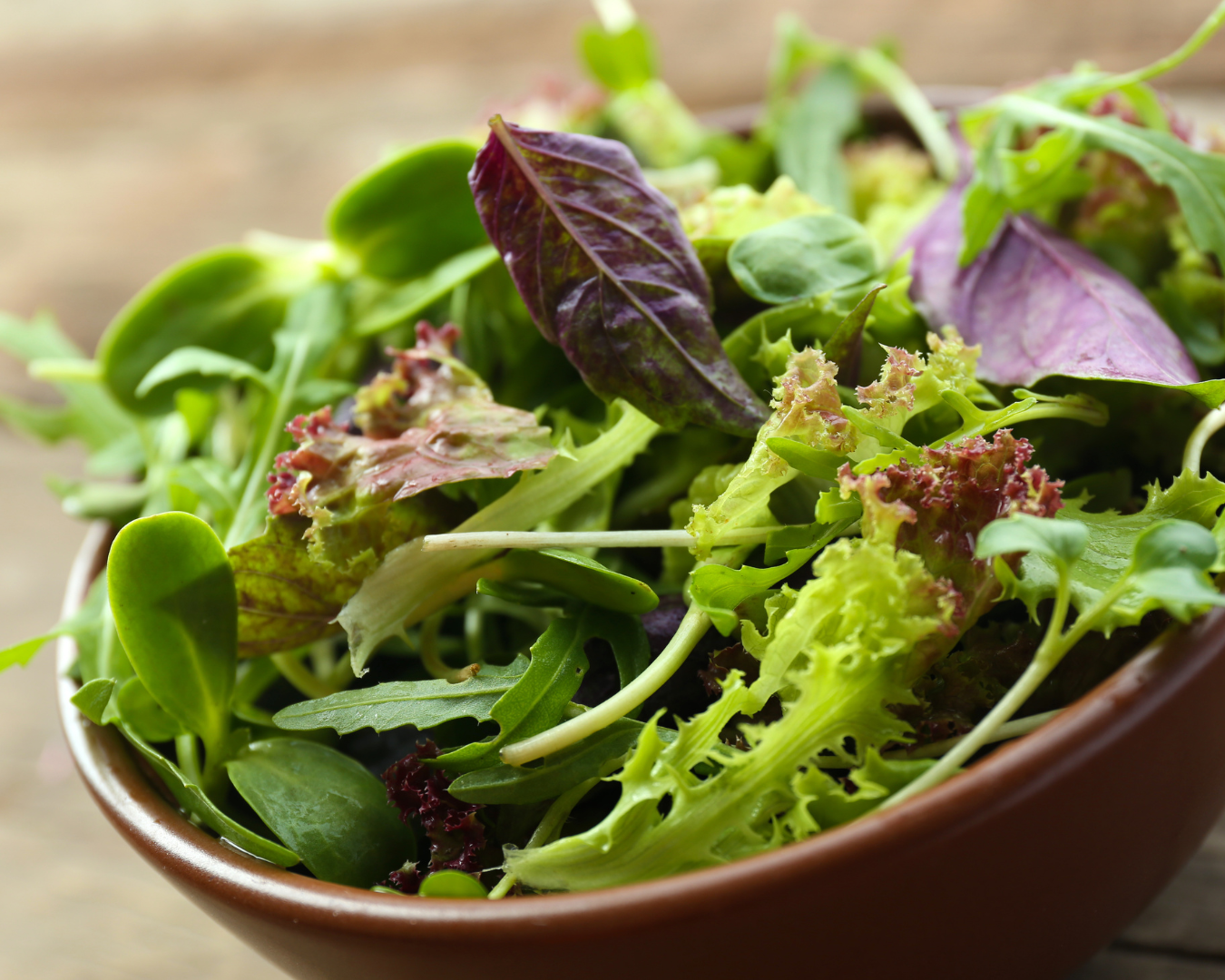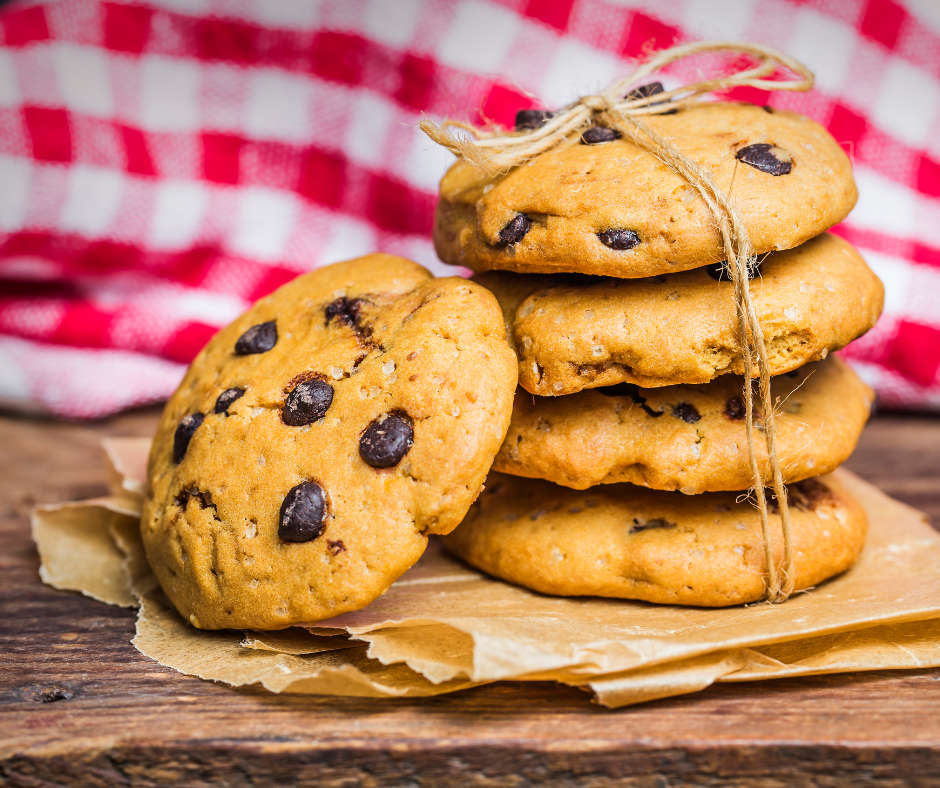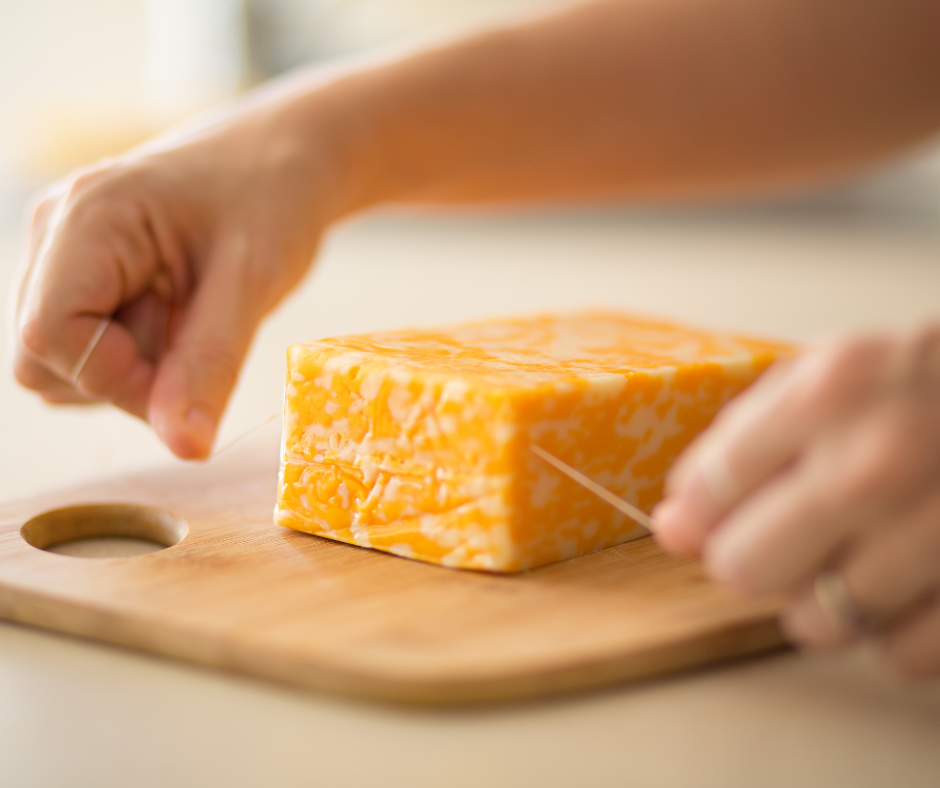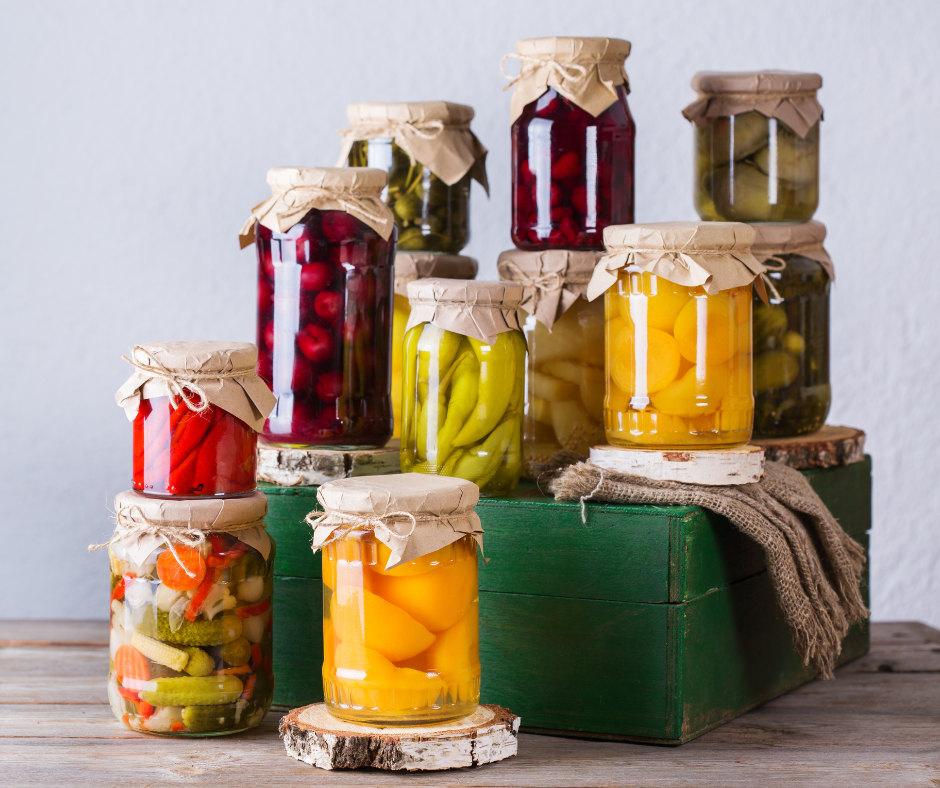In the world of cooking, ingredients are more than just components of a recipe—they are nutritional powerhouses that fuel our bodies and support our overall health and well-being. Shine a spotlight on a variety of common cooking ingredients, exploring their health benefits and highlighting the important role they play in creating a balanced and nutritious diet. Leafy Greens Leafy greens such as spinach, kale, and Swiss chard are packed with vitamins, minerals, and antioxidants that support immune function, eye health, and bone strength. Incorporate leafy greens into your meals for an extra dose of fiber, which aids in digestion and promotes heart health. Lean Proteins Lean proteins like chicken breast, turkey, tofu, and fish are essential for building and repairing tissues, maintaining muscle mass, and supporting a healthy metabolism. Opt for lean proteins over fatty cuts of meat to reduce saturated fat intake and promote weight management. Whole Grains Whole grains such as brown rice, quinoa, oats, and barley are rich in fiber, vitamins, and minerals that help regulate blood sugar levels, promote digestive health, and reduce the risk of chronic diseases. Swap refined grains for whole grains in your meals to increase nutrient intake and promote long-term health. Colorful Vegetables Colorful vegetables like bell peppers, carrots, tomatoes, and sweet potatoes are loaded with antioxidants and phytonutrients that protect against inflammation, oxidative stress, and chronic diseases. Aim to fill half your plate with colorful vegetables to maximize nutrient intake and support overall health and vitality. Healthy Fats Healthy fats found in avocados, nuts, seeds, and olive oil provide essential fatty acids that support brain health, reduce inflammation, and promote heart health. Incorporate healthy fats into your meals in moderation to enhance flavor and increase satiety without compromising health. Fresh Herbs and Spices Fresh herbs and spices such as basil, cilantro, turmeric, and cinnamon not only add flavor and aroma to dishes but also boast a wide range of health benefits. Experiment with different herbs and spices in your cooking to enhance the nutritional value of your meals and support overall well-being. By incorporating a variety of nutrient-rich ingredients into your cooking, you can create delicious and wholesome meals that nourish your body and support your health goals. Whether you’re enjoying a colorful salad packed with leafy greens and vegetables or savoring a hearty bowl of whole grain pasta topped with lean protein and fresh herbs, each ingredient plays a vital role in promoting optimal health and vitality. So, embrace the diversity of ingredients available to you and let your meals be a celebration of flavor, nutrition, and well-being.



